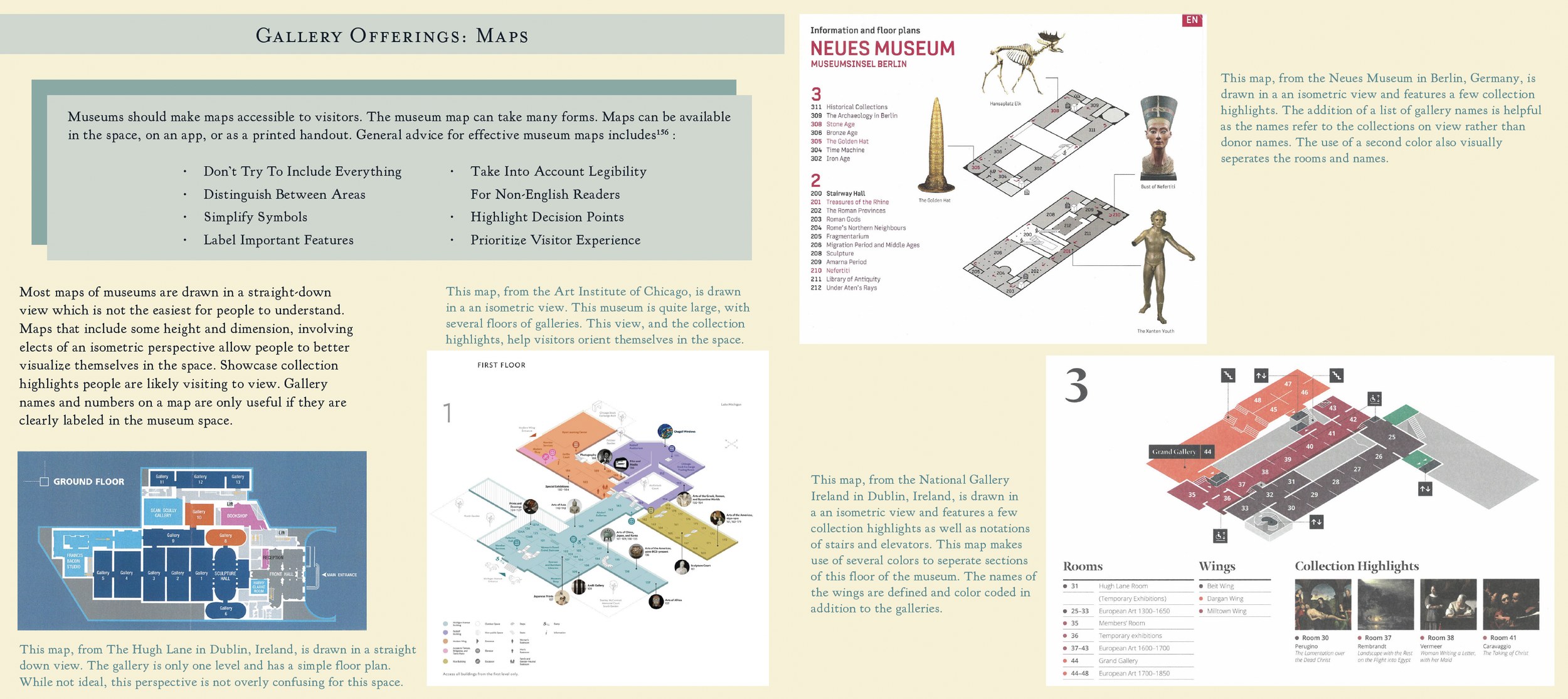Visitor Experience in Art Museum
University of Kansas | Spring 2022 | Master of Arts Thesis
An Introductory Guide to Visitor Experience in Art Museums
For my Master’s thesis, I focused on visitor experience in museums, studying concepts like threshold anxiety, evaluation, interpretation, barriers to visiting, types of visitors, and more. This introductory guide explores the art museum visitors' experience in the building, including exhibitions and other services.












Museums exist for the public. They are more than a cultural repository. They are a valuable resource, a center for community and connection. By learning about their visitors and adapting, art museums can become a more accessible, welcoming space providing meaningful experiences for their visitors.
Understanding visitors is crucial for art museums to better serve their audiences and become a place of community, connection, and meaning. Visitor studies began in the early 20th-century, exploring the concept of museum fatigue in relation to physical exhaustion. Visitor studies have developed to include all aspects of the visit experience. It is imperative to their future survival and relevance that art museums invest the time in studying their visitors and taking the crucial step of making changes in response to visitor feedback and information.
Art museums must understand the full scope of the museum visit and recognize that the museum offers more than exhibitions and the visitor is affected by more than just the exhibitions. Experience occurs at the intersection of the personal, social, and physical. Exhibitions, collection objects, interpretive content, and interactives play a vital role in the value and experience of the museum. Making the collections accessible and meaningful should be the priority of art museums.
Evaluation is a valuable tool art museums need to utilize to learn more about their visitors. Having demographic data and qualitative data will help inform present and future museum activities. Museum staff can learn about what works, what does not, why people visit, what is important to them, and how to create a better overall experience.


